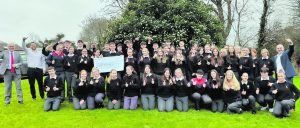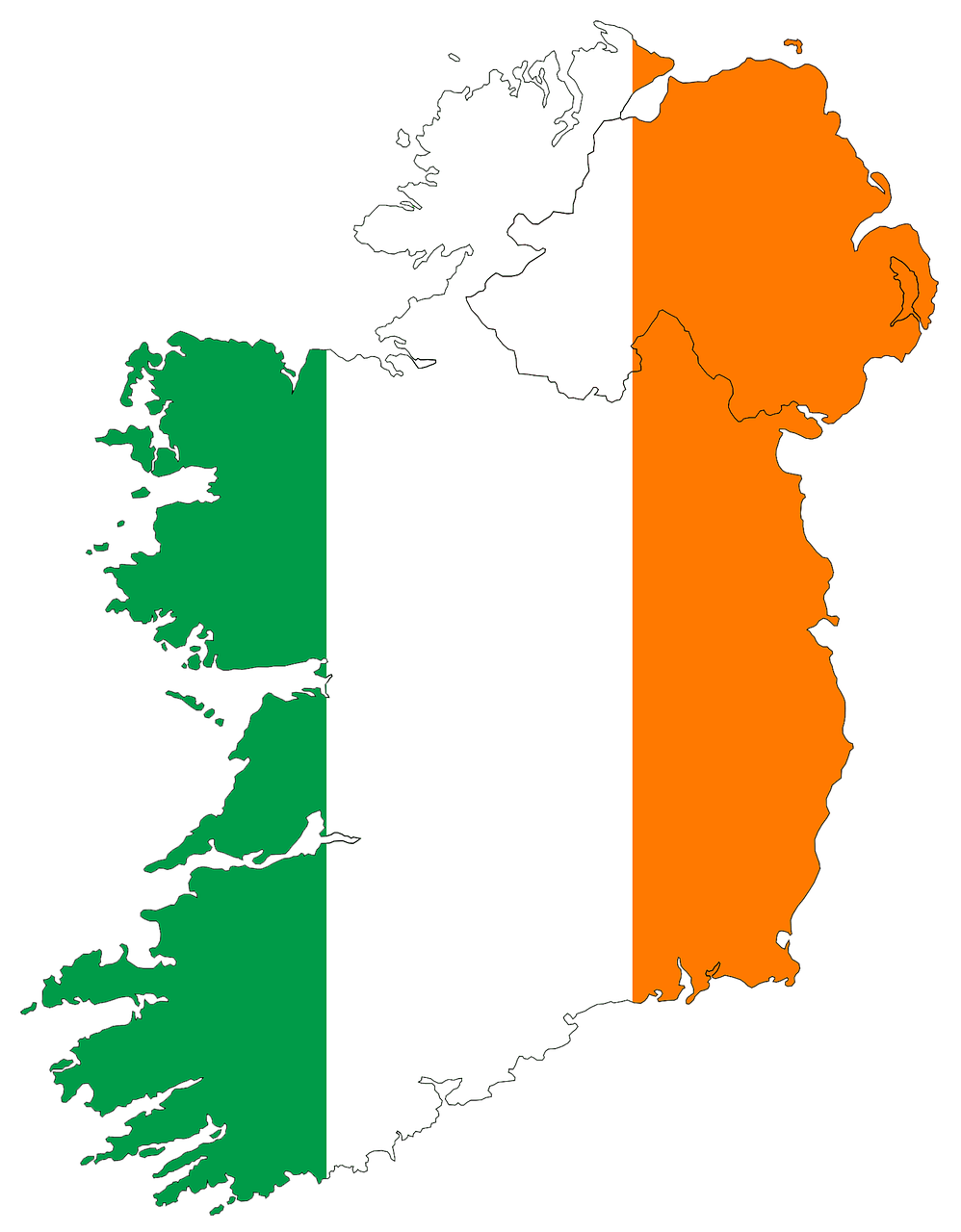
The building blocks of a sustainable society involve inclusive environments where everybody’s voice is heard, and government can listen and respond. Unfortunately, we are far from achieving this aim when it comes to one of the most vulnerable communities – children with disabilities. In Ireland alone, there are currently more than 30 000 children with disabilities on the community health waiting list. Similarly, in South Africa, children with disabilities often cannot access services that most other non-disabled children enjoy. Children with disabilities from low socio-economic backgrounds lose out on opportunities to learn, socialise and develop their potential and abilities due to limited service delivery that is offered in rural areas.
With government provision unable to meet the needs of the community it is often the case that individuals or groups of people take initiative to provide for the needs of those that need it most. An example of this selfless vocation can be seen in the work of Mrs Glennie Marubini at the Light Centre in the community of Krugersdrop in South Africa. To address the needs of children with disabilities from low-income households the Light Centre provides a 24/7 care facility that takes care of children with severe disabilities such as Cerebral Palsy, Down Syndrome, Hydrocephaly and paraplegia. Due to a multiplicity of complex social and economic factors some families find them in a situation where they cannot provide or care for their own. It is in these instances that the work of the Light Centre supports parents who are unable to provide for the complex care needs of their family member. As such, the Light Centre is instrumental in addressing the children’s needs by ensuring child protection, general health care and well-being. Unfortunately, funding for such facilities and care services can be difficult to secure for private non-profit organisations like the Light Centre as these centres are heavily dependent on donations for their sustainability. One of the most prominent needs for these centres is equipment and resources that can provide children with disabilities with sensory development experiences and learning opportunities.
To this end, Mr Gerald Crotty and the Transition Year (TY) group at Scoil Mhuire have teamed up with a Technology Education team from the School of Education at the University of Limerick, that is led by Dr Nicolaas Blom and Dr Donal Canty to design and create devices that can support the sensory development and learning needs of children at the Light Centre. At the heart of this project, lies the belief that all students are able to bring about positive change in their environment, by using their creative and critical thinking abilities. As a suite of school subjects, the technology subjects provide students with opportunities to investigate real world problems and design and make solutions that can bring about a positive change. The transition year programme in Scoil Mhuire provides an excellent opportunity for its students to learn through a project based pedagogical approach in the classroom. The aim of the Light Centre project in the school is to cultivate and utilise the imagination and talents of the pupils to make a positive change in the lives of those less fortunate.
In recent weeks, the UL team, comprising Dr Nicolaas Blom, Dr Donal Canty, Sean O’Connor, Maria McCarthy and Paddy Rowsome introduced the Light Centre project to the Transition Year students in Scoil Mhuire. As part of this activity, Dr Nicolaas Blom, who is a South African himself, led a Live MS Teams interview with Glennie Marubini, the Director of the Light Centre to help the TY students get a first-hand insight into the needs of the children and the work that is being done to help support them and their families. Some students commented that “We are excited to be a part of the Light Centre project, where we can help people like Glenny and the children”. Students also noted that “I was very sad to know that there are children in the world that are neglected. I am very happy to make a difference for them if I can”. The TY students also got the opportunity to engage with Glenny by asking her questions such as “What do the children at the Light Centre enjoy the most?” and “What is your dream for the Light Centre and the children?”. Following the interview with Glenny, Ms Belinda Murphy led a session where students thought deeply about their involvement in the project and the opportunity it provided to begin to address inequality and social justice. Dr Donal Canty (UL) commented that “it is wonderful to see the level of empathy the TY students had for the children of the Light Centre and the buzz of enthusiasm and excitement that they have as they begin to design and create devices/artefacts that will enhance the lives of the children”. In true Scoil Mhuire style the TY students have already taken the initiative in helping the Light Centre by raising more than €3,000 that will be used to enhance the lives and well-being of the children. Mr Crotty and the transition year group are due to start designing and making devices for the children of the Light Centre from mid-November and hope to ship them out to South Africa in the Spring time. This project is a great example of how an integrated TY curriculum can build on the key skills from junior cycle and create real change and authentic learning experiences for all involved.
Well done to the group so far and we look forward to updates on the project in the months ahead.
Scoil Mhuire Principal, Denis Keating, congratulated transition year students and the technology department on this latest collaboration with the University of Limerick.
He said “this project reflects on the many core values that we promote in Scoil Mhuire Kanturk such as care and empathy towards the disadvantaged in society while at the same time seeking high quality in teaching and learning, supported by the most up to date technology”.
Mr Keating went on to say that he is “looking forward to seeing the innovative solutions to come from this project to assist the Light Centre and the children in the community of Krugersdrop in South Africa”.





